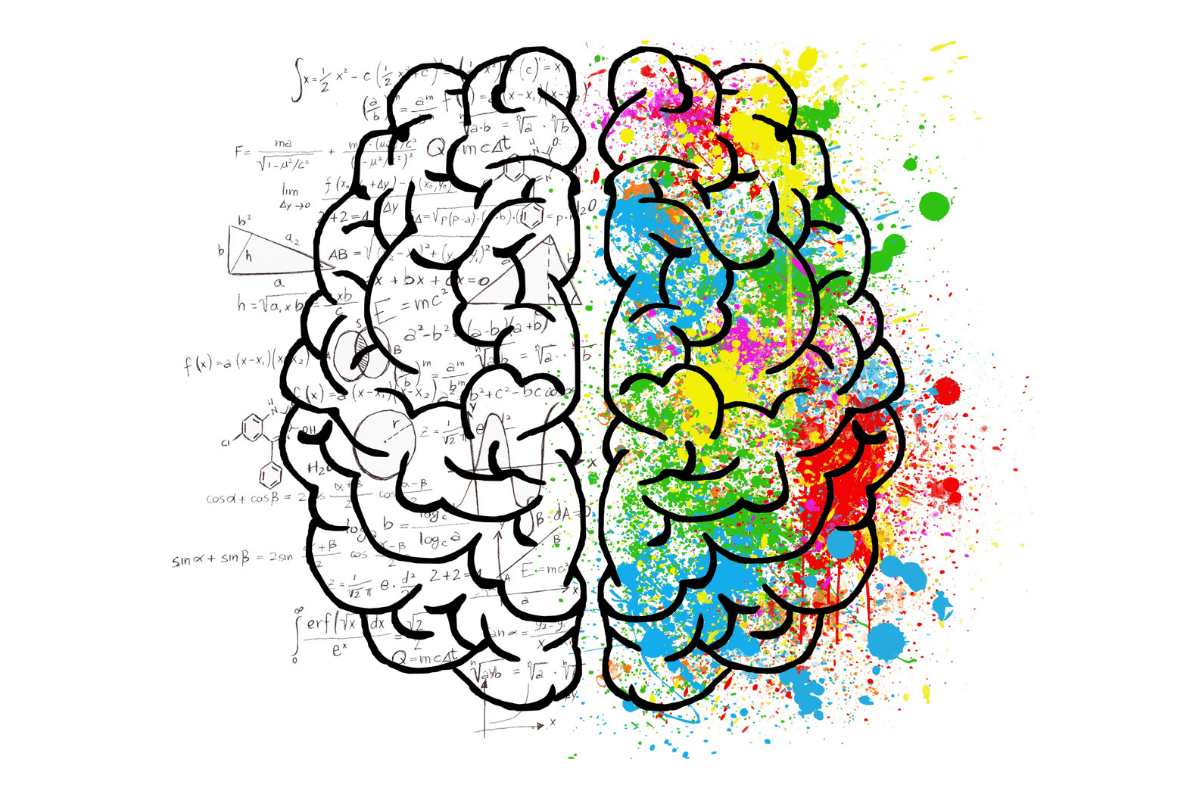When it comes to the left-brain vs. right-brain myth, there’s a lot of confusion out there. People seem to think that the left side of their brain is responsible for all logic and reasoning, while the right side is in charge of creativity and emotions. But this isn’t actually true! In reality, both sides of […]


